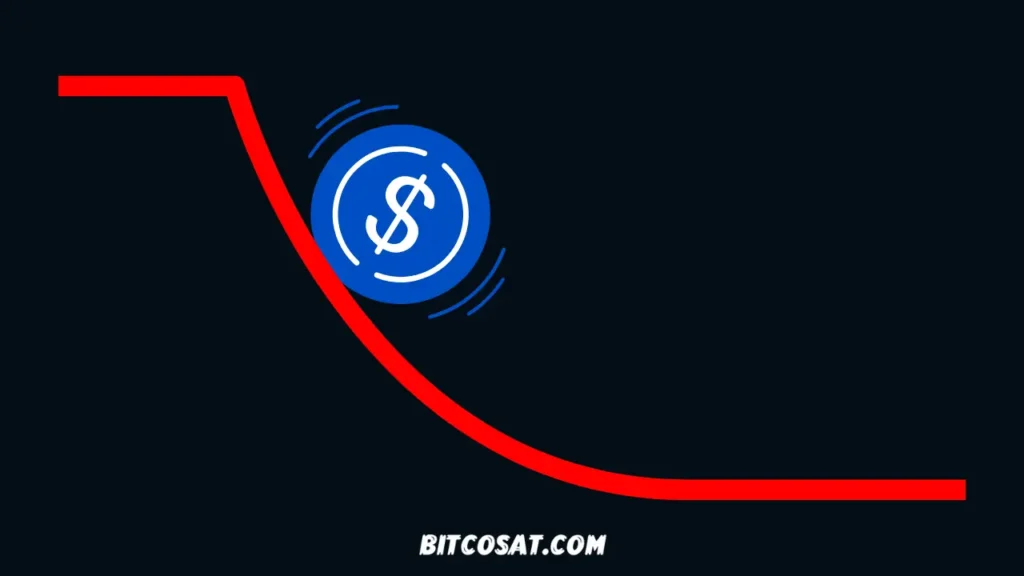Three months after the United States enacted its first legislation establishing a regulatory framework for stablecoins, concerns about the risks posed by this type of cryptocurrency were evident among global policymakers gathered this week at the IMF meetings.
“Stablecoins are the talk of the town,” Eric Theden, chairman of the Basel Committee on Banking Supervision, said on the sidelines of the IMF annual meetings.
Earlier this week, the International Monetary Fund (IMF) identified stablecoins as a potential systemic risk in its semi-annual Financial Stability Report.
What are stablecoins?
Stablecoins are considered safe because they are backed 1:1 by highly liquid assets such as US Treasury bonds.
But this means there are repercussions for these secured assets themselves, the IMF noted.
The report stated that if there is a sudden surge in stablecoin purchases for some reason, there could be a fire sale of Treasury bonds.
The IMF warned that the situation could extend to bank deposits, government bond markets, and repo operations.
Another risk highlighted by several officials is the potential for stablecoins to drain liquidity from the banking system, as individuals deposit their funds into stablecoin wallets instead of traditional deposit accounts, which in turn undermines the basis for banks to grant loans.
Lifting restrictions in the UK
For its part, the Bank of England aims to lift the proposed restrictions on stablecoins only after ensuring they will not threaten the provision of funding to the real economy, Bank of England Deputy Governor Sarah Bryden said in Washington.
This issue is becoming more pressing with the proliferation of stablecoins. Just last week, a group of international banks, including Goldman Sachs and Deutsche Bank, announced that they would consider issuing a digital unit backed by a 1:1 reserve.
Citigroup recently joined a group developing a euro-based stablecoin.
The Financial Stability Board, the regulator of the world’s most powerful financial authorities, drew attention ahead of this week’s meetings to the varying pace of regulation across jurisdictions, which creates potential for arbitrage and complicates oversight.
As with the IMF, the Financial Stability Board has identified new risks to financial stability.
Thedin, who is also the governor of Sweden’s central bank, said the Basel Committee on Banking may need to reevaluate new bank capital standards related to crypto assets.
Although Treasury Secretary Scott Bessent has endorsed dollar-based stablecoins as a new incentive to strengthen the dollar’s global dominance, some warn that the United States may not be immune.
French central bank governor François Villeroy de Galhau said on Tuesday that stablecoins could undermine the current balance between central bank money and commercial bank money.
The threat to monetary sovereignty can also be seen in the United States in the long term.

